|
15th June 2021 It's a Tuesday evening at The Sovereigns in Woking and if memory serves me correctly, the first time that I've met up with the Woking Gaming Club have met Since October last year! The first game of the night was Roll For Adventure, a cooperative, dice roller where players must unite to foil the machinations of a Dark Lord wannabe and save the kingdom! What's in a game? In Roll for Adventure, our heroes must join forces to defeat The Dark Lord Saur-errr Master of Shadows; how is this done? By collecting the power stones to activate the magical artefact; how is this done? By making lots of dice rolls of course!
The dice are of the smaller variety, which is fine by me, they're made of plastic and finished in a 'marble' look, their edges are nicely rounded and their dots are indentations and not printed. Good quality dice overall. The territory die is a larger size and has rounded edges, it has artwork related to the territory boards printed on 5 of its 6 sides, the printing seems to be good quality and doesn't look like it'd rub off easily. The game's variety of boards and tiles are all printed on thick card, as are the components. The enemy cards are pretty standard quality cards. Finally; special mention goes to the completely unnecessary and therefore cool little 3d plastic skulls used to track damage on the 4 territories. Artwork used on the territory boards is fairly minimalist and functional by necessity as space is given over to holding dice. The palette used for the 4 territories extends to the enemy cards and some components. The quality of artwork used on the enemy cards, hero and adventure boards is all reasonably good. The bright colours scheme used to represent the power stone is pleasantly eye catching. All-in-all, the components in Roll for Adventure are all of a good quality. How's it play? Setup
On to play Like a lot of cooperative games, Roll for Adventure alternates between a player's turn and then the board's actions before moving on to the next player's turn. The basic principle behind a turn in Roll for Adventure is simple: The active player rolls all their available dice and uses one or more of them of the same number, then rolls their remaining dice and so on, until they've used all their dice. What those dice are used for however, is the crux of the game.
Endgame If the damage token for any territory reaches its final spot, the players collectively lose the game. If at anytime all the players collectively have no dice to roll for whatever reason, then the players lose. If the players manage to collect the last power stone for their adventure board, then the players collectively win. Overall
Roll for Adventure is an interesting combination of cooperative gameplay and some unusual dice rolling mechanics. A good example is the Vortex of Resurrection: Using the vortex ends a player's turn immediately. Early in their turn, it's possible a player have the double 5 or double 6 which will be high enough to trigger the vortex, but doing so is a waste of a turn (And dice rolls.), however, waiting until a player only has 1 or 2 dice left means that getting a good result for the vortex is tricky. Roll for Adventure has no 'set aside' rules or mechanics in Roll for Adventure here, after players use dice, the remaining ones are re-rolled and you can kiss those other useful results goodbye. It forces players to make decisive moves about what they have available now and collectively players need to really cooperate in these decisions too as spreading dice too thinly throughout the board can be a costly error, dice stuck on half completed tasks are a problem waiting to happen. Players need to concentrate on a couple of tasks only if possible and maintain the loop of using dice and then getting them back to use in the following turn. The same is true of enemy cards, if they're not dealt with quickly, they can linger and repeatedly attack the board, particularly lower rank enemy, which will be commanded to attack the most often. Balancing the need to get power stones and the need to defeat enemies is key, along with mitigating bad luck that tends to accompany cooperative games. The extra wrinkle here is the need to also manage your dwindling resources - dice! Actions (Or inactions.) will frequently have an impact on the game and that's a good thing. That's not to say the game is without some criticism. With 4 double-sided territory boards, Roll for Adventure has 8 subsystems, at least 4 of which must be learned to play the game. In my opinion, this makes the game feel a little overly complex for the experience it delivers, which a shortish, almost abstract experience. The game's theme doesn't gel entirely well with its mechanics for me. Do the dice represent various actions of the the player's hero? Or are they minions of the hero sent off on different missions? Whatever the answer, it felt a little unengaging, closer to an exercise in comprehending probability than going adventuring. Having said all that: The game's balancing kept the outcome in the air all the way throughout and the tension high at the end. If you like cooperative games, Roll for Adventure is worth a look. If you've spent a lot of time playing those coop games where you spend action points to run around a map to perform tasks, this could give you a fresh take on the cooperative playstyle.
0 Comments
Leave a Reply. |
AuthorI play, I paint. Archives
March 2024
Categories
All
|

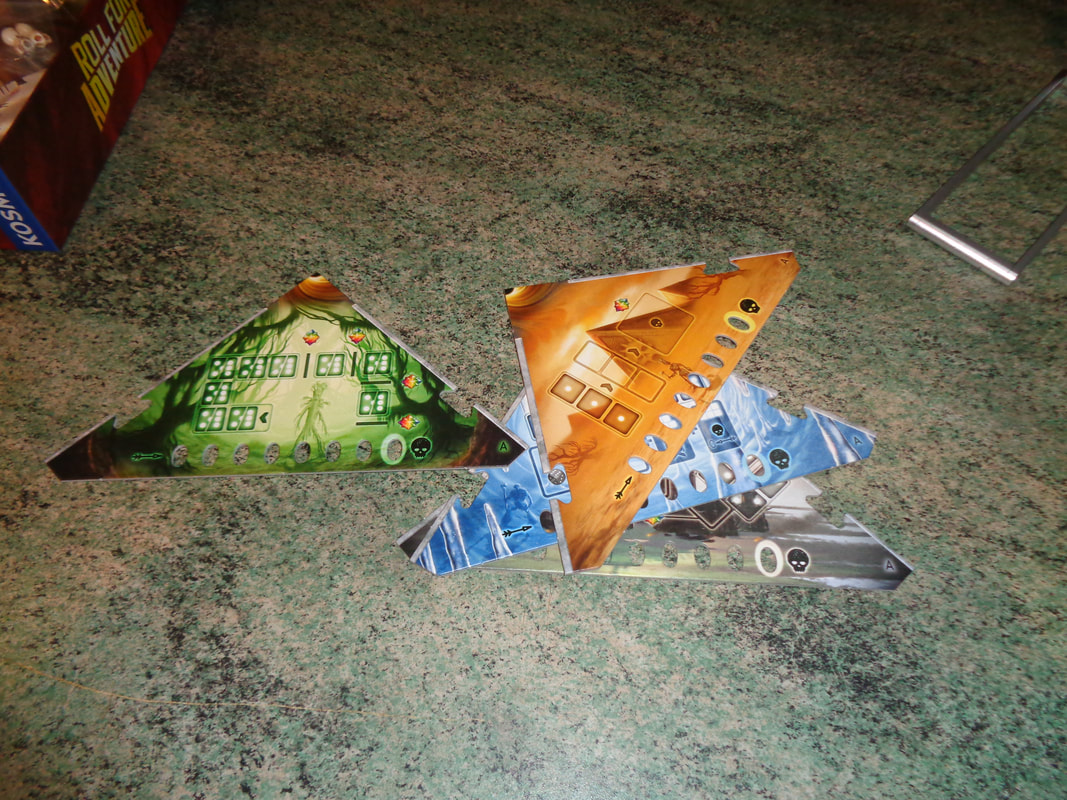
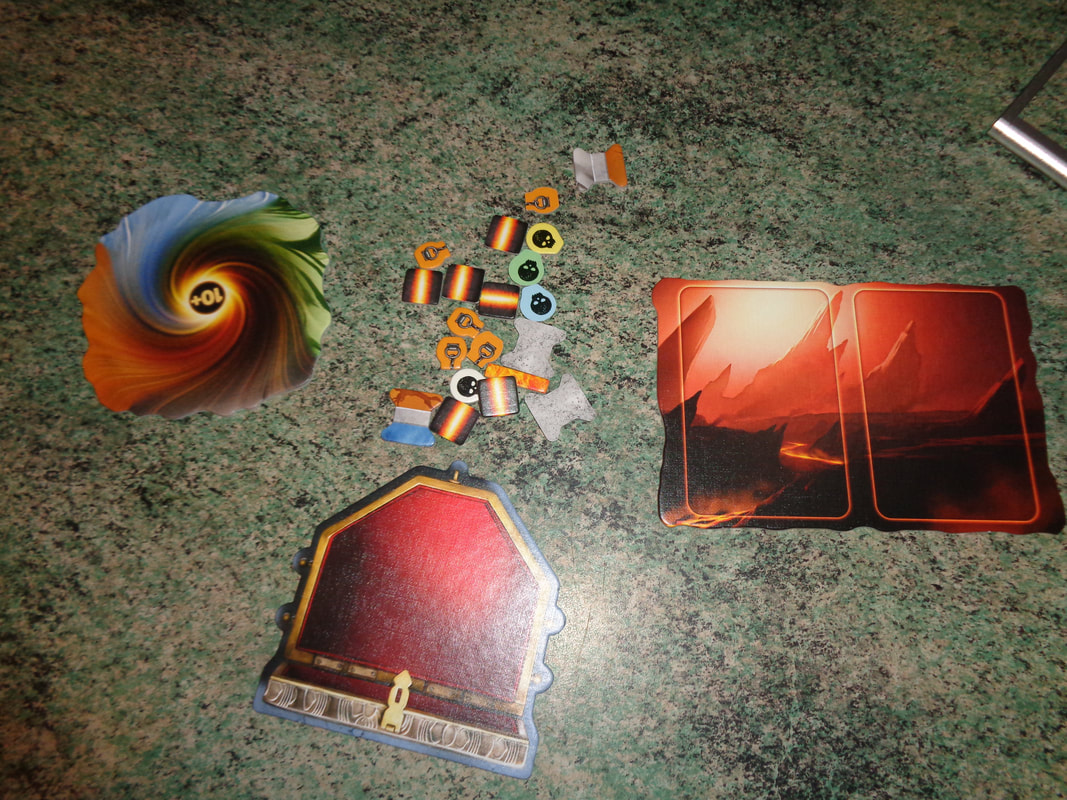
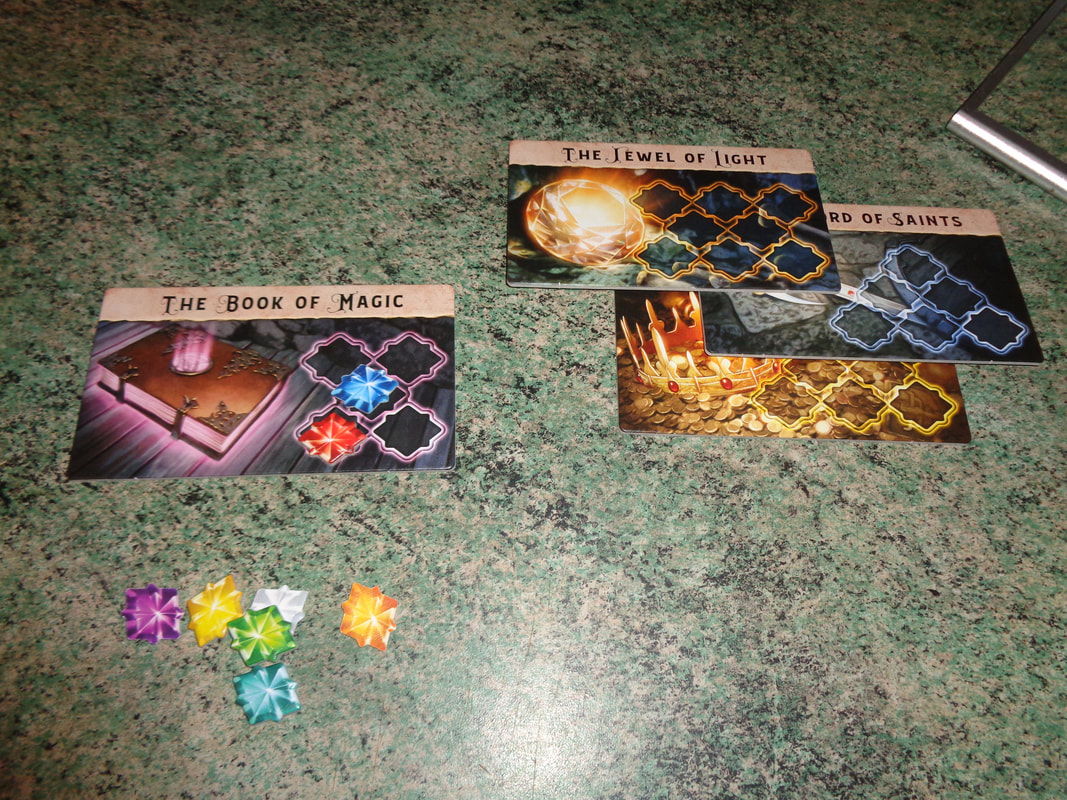
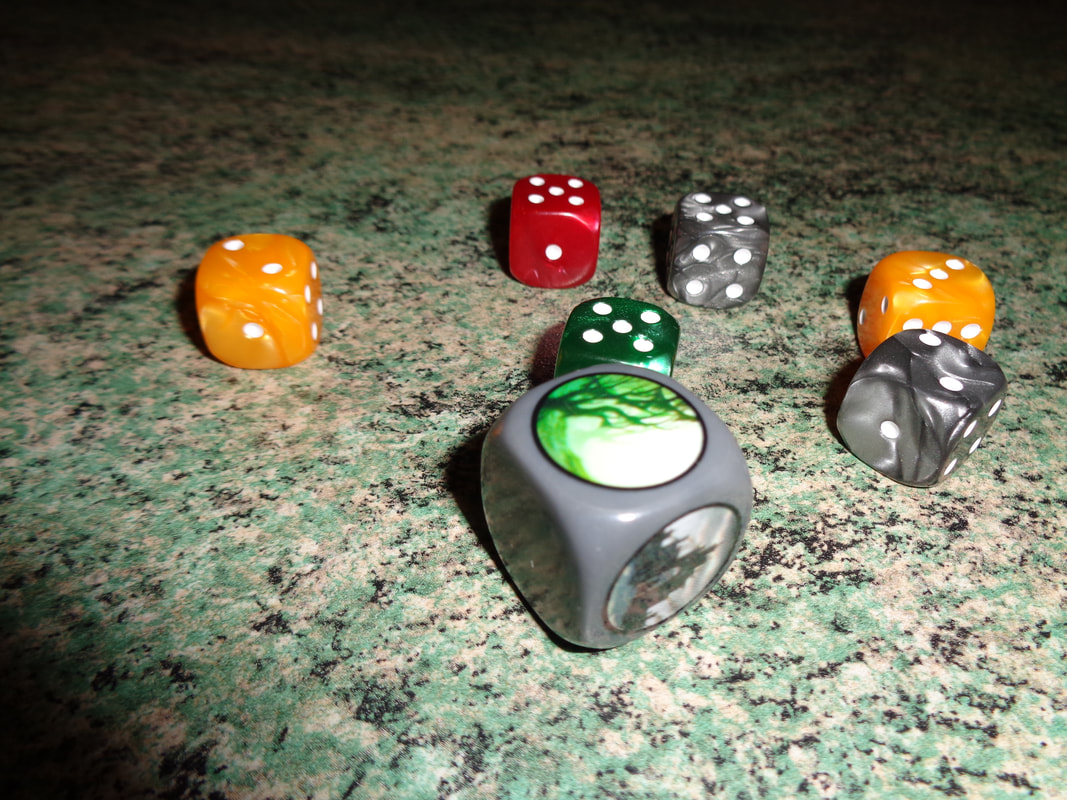
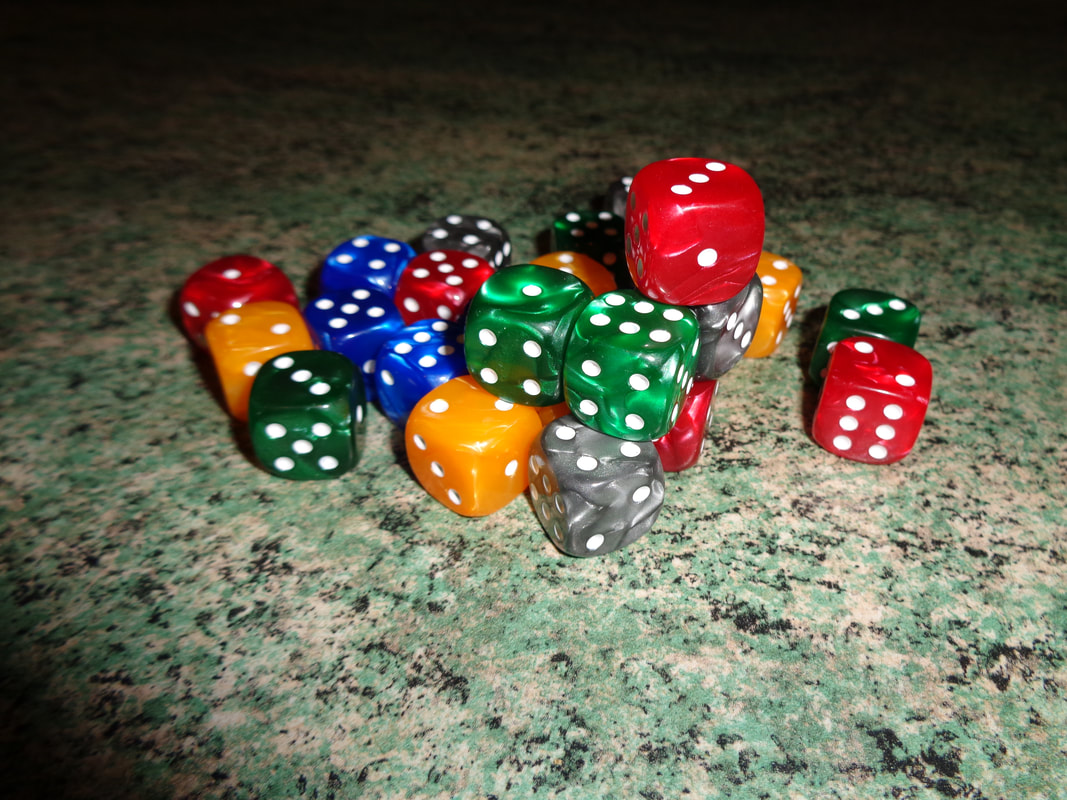
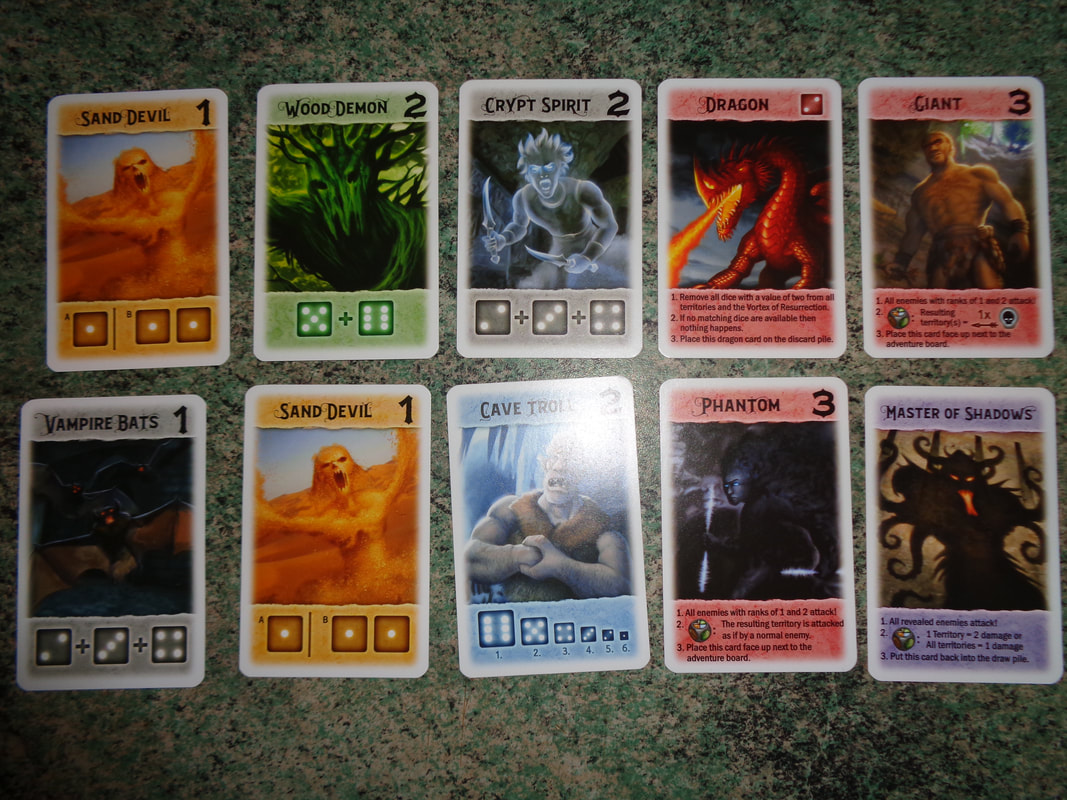
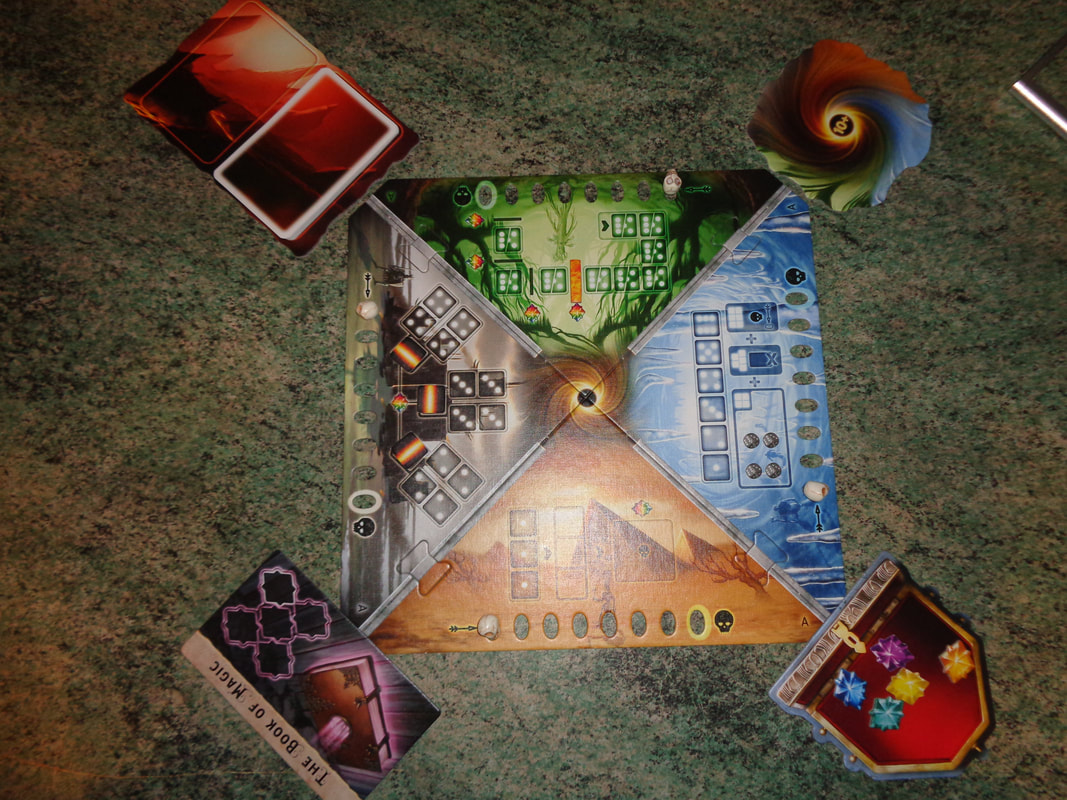
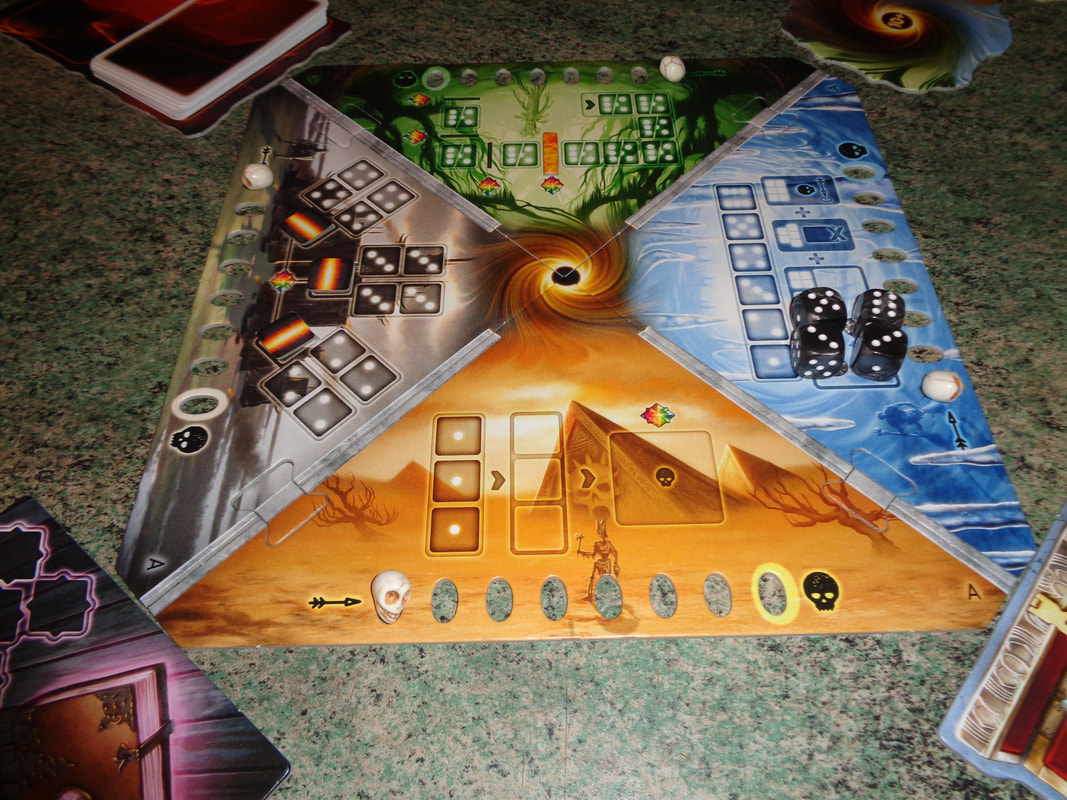
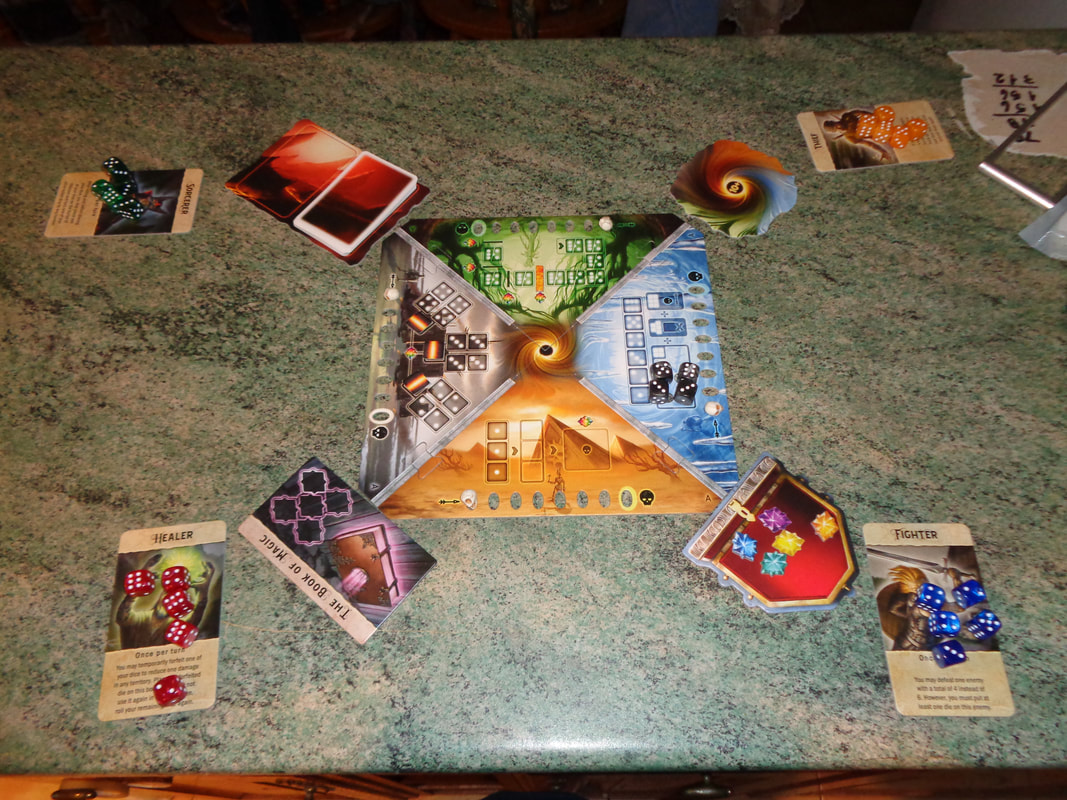
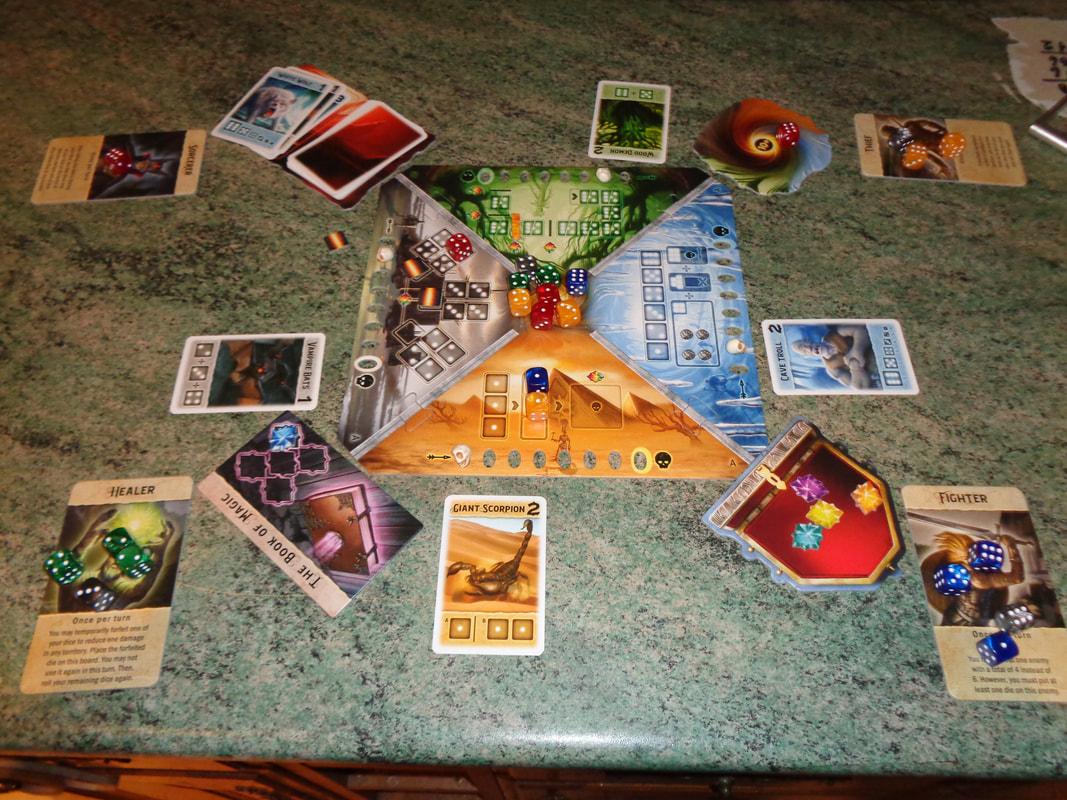
 RSS Feed
RSS Feed
